Dear humans,
I created my first zine, and it’s about how nature is queer.
Did you know that male seahorses are the ones that give birth? They have a specialized part on their abdomen called a ‘brood pouch’ that functions similar to a female uterus, providing safety and nourishment to fertilized eggs.
How about how clownfish can change from male to female in response to social cues? When the leader dies, the next-in-line male changes into a female in order to assume the leadership position. I mean….whaaaatttt?!?!
It’s interesting how we’re fed the narrative that heteronormativity is the default, that there are only two genders. It’s odd how we’re indoctrinated with the lie that partnership can only be found between a man and a woman, that anything outside this limited binary is unnatural and shame-worthy.
Because when we look to nature for guidance, we see that Mother Earth is quite fluid. When nature is left to its own devices, it’s queer as hell. When our ecosystems are unobstructed by culture, transness is everywhere. In reality, our ecosystems rely on that diversity to thrive, survive, and flourish.
Here’s the simple truth: the binary was created by culture. It was sculpted by empire so that those in power remain in power. There is a reason that our current administration is hell bent on rolling back LGBTQIA+ rights. They cover it under the guise of “preserving the sanctity of marriage” and “protecting women” (LOL), but really, they just want to keep benefitting from the limited, unimaginative shape of heteronormativity and tradition. It keeps the current power structure in tact—the same power structure that is rolling back Medicaid and gender affirming care and lining the pockets of billionaires and oligarchs. YEP!
We are born with certain genitalia, but our gender is constantly changing. Our identities are porous, and the flora and fauna have always known this.
Biodiversity is crucial for the health of our planet and the survival of our species. Humans are part of nature, and if we want to survive the current polycrisis we find ourselves in, we need to include every shape, configuration, and expression of the human experience.
I created this zine1 as a reminder to queer people that we belong to nature. Not only that, but we are inherent to transformation and survival.
Why zines?
I first learned about zines2 through the documentary The Punk Singer, which looks at the life of activist, musician, and cultural icon Kathleen Hanna. Hanna was the frontrunner of the 90s punk bands Bikini Kill and Le Tigre, with both bands deeply influenced by feminist and anti-establishment themes3. Their lyrics critique societal norms, gender roles, and oppressive power structures.
In addition to her music, Kathleen Hanna used zines as a vehicle for social change. Hanna, a pioneer of the feminist punk riot grrrl movement, collaborated with Bratmobile to create the Riot Grrrl Manifesto, which started as small fanzine and grew into a call to action for young women to embrace feminism and defy societal expectations. Fed up with sexual harassment, domestic violence, and the attack on bodily autonomy, they wanted a place to share ideas freely. Entirely self-published, the zine grew into a collective movement for women to explore political ideas on a local, national, and global level.
Riot Grrrl Manifesto was successful because it created its own meaning—it took over the means of production in order to build something authentic and real. It wasn’t focused on making a profit or being cool. Rather, it centered itself around sharing information, disrupting the status quo, and staying alive. The zine format made it easier to see each other’s work so they could build power from within, share strategies to keep each other safe, and influence change.
I want to learn from the brave people throughout history who used creativity as a force for change. I look up to geniuses like Kathleen Hanna, Octavia Butler, and Harriet Tubman who had the courage and audacity to dream up other worlds.
With censorship on the rise, I’m growing increasingly suspicious of the virtual world being a place that we can dissent, express ideas, and build community. We are witnessing real-life examples of people being erased, abducted, and muted for their outspoken criticism of the government, and we need to find channels to stay connected and tapped into our ethos of care.
Social media requires that we feed it optimized content in order to be recognized and uplifted, and I am not interested in playing by the rules of the algorithm. I am not interested in creating inauthentic art that that fuels the engine of a broken machine. I do not want to share myself with companies who refuse to acknowledge I exist and are actively working to destroy the communities I love.
I want to create worlds outside the web of AI. I want to move beyond the doom scroll. I want to find ways to reach people in the physical world. I love sending handmade cards to the people I love, and creating imperfect zines—and letting them find strangers in the wild—is one way to expand this practice.
I will continue to make things that feels frantic and weird because it pushes back on the system’s desire for us to color within the lines.
My intention
My intention with this project is that it makes someone feel seen. I want it to live outside the internet. I want it to reach beyond my bubble. If even one person sees it and it makes them smile, then that’s a win in my book.
If it inspires you or someone else to make something that challenges the status quo, well, that’s just incredible.
The zine is chock full of fun facts about how queerness is inherent to the natural world, and it’s accompanied by silly illustrations created by my partner and I.
If you’re interested in receiving my zine, you can reply back to this email with your mailing address and I’ll send you a free copy—I’d love if you shared it with a queer, trans, or non-binary person in your life. This is a simple way of letting them know that they are perfect exactly as they are, which feels really important right now given that their mere existence is under attack.
Also, if you’d be so kind to share this zine with your community, I can send you a small stack to put at a local coffee shop, queer-owned retail shop, youth center, or somewhere queer. My favorite part of this process has been sharing the zines with friends and family and seeing pictures of them in new places, with strangers holding them in their hand. The power of sharing physical art!


Art costs money, and I’m a firm believer that we should be helping to fund this practice. We desperately need art to motivate us and connect us right now. In the words of Toni Cade Bambara, “The role of the artist is to make the revolution irresistible”. If you want to donate to this work, 100% of proceeds during Pride Month go to the Black Trans Travel Fund, a trans-led collective providing transportation based resources to Black trans women across the globe. You can Venmo nicole-ditaranto@ to donate.
Other forms of creative resistance I’ve engaged in lately:
#1. I got my first tattoo, and I didn’t overthink it. I’ve always been so precious about my body—worried that the design I chose wouldn’t mean as much to me later, worried that I’d regret the placement, worried about how I’d be perceived by others. For me, this tattoo felt like an initiation with not taking myself so seriously. I found an artist I liked, picked a few things that meant something to me, then a week later, got the design tattooed on my calf. I love it.


#2. I cut my hair…again. I realized I was only growing my hair out because I was playing into an old definition of what makes me attractive. I realized that, after spending months trying to grow it out, I now feel more confident and at-home with short hair, that I’ve shed some old skin, and now, I’m settled into a new version of myself. I realized that I can change my mind as many times as I want to.
#3. I bought over 30 books from ThriftBooks that are at risk of being banned. So far, I’ve read Giovanni’s Room by James Baldwin, Martyr by Kaveh Akbar and In the Dream House by Carmen Maria Machado. I recommend all of them, and I truly can’t choose which was my favorite. Let me know if you’re interested in doing a banned book trade, or reading a book in tandem.
That’s all for now. Happy (almost) Pride, y’all. Keep giving em’ hell, in whatever way you know how.
When I saw that Brooklyn-based illustrator Carolyn Yoo was offering a multi-week workshop to plan, create, and distribute a zine, my body responded with a resounding YES. Her workshop held me accountable to the process, and I loved getting inspired by the creativity of my classmates. Carolyn recently published a post called How to make a booklet zine, which I highly recommend if you’re interested in the zine-making process.
Per wikipedia, a zine is defined as a small-circulation, self-published work of original or appropriated texts and images. Historically, zines have provided community for marginalized individuals or groups through the ability to express common ideas or pursue taboo subjects without wide circulation.
“Bikini Kill’s “Rebel Girl” is widely recognized as the Riot Grrrl anthem, challenging societal expectations and advocating for self-expression. That said, you can look up any Kathleen Hanna track and it will be seething with countercultural energy.



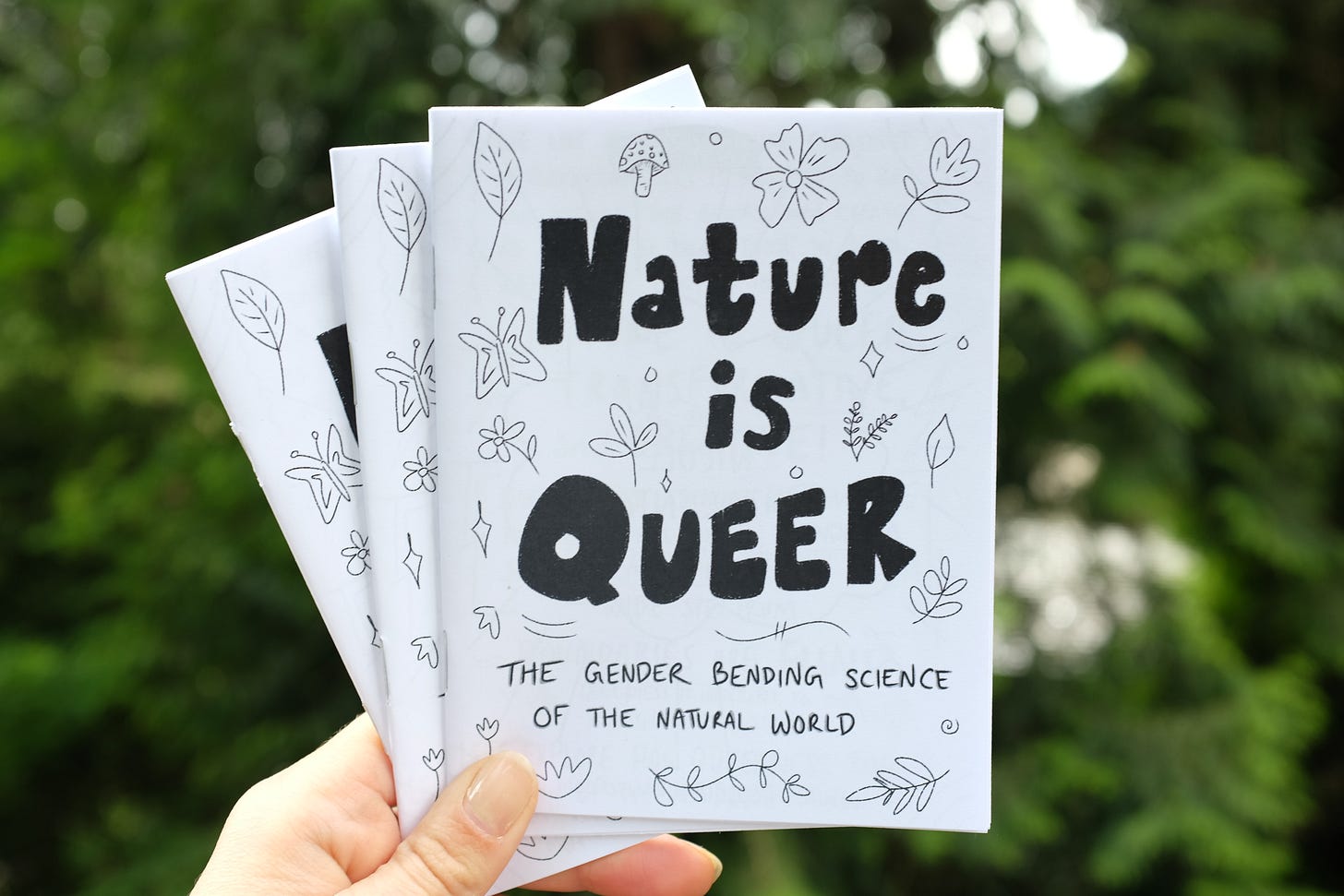
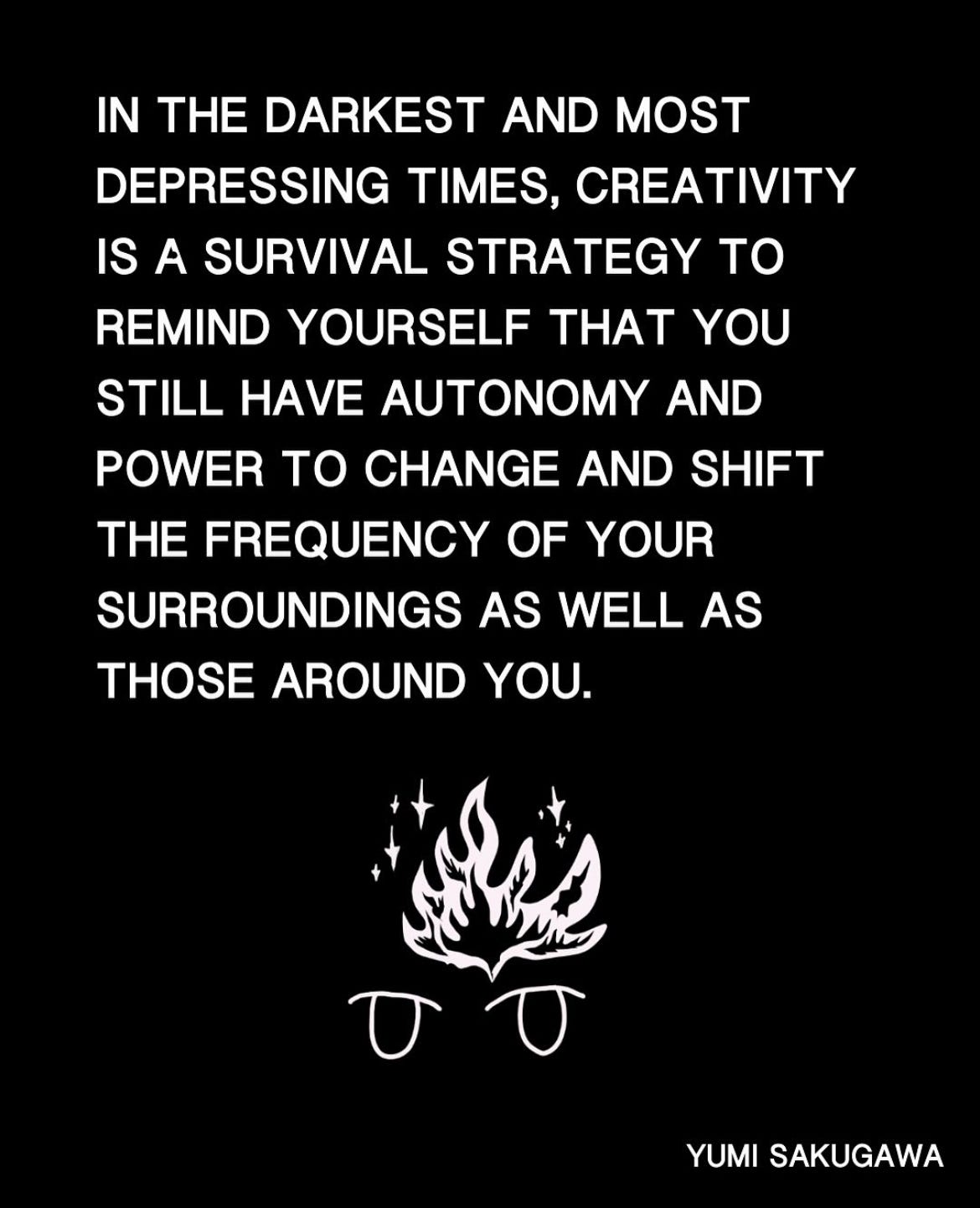
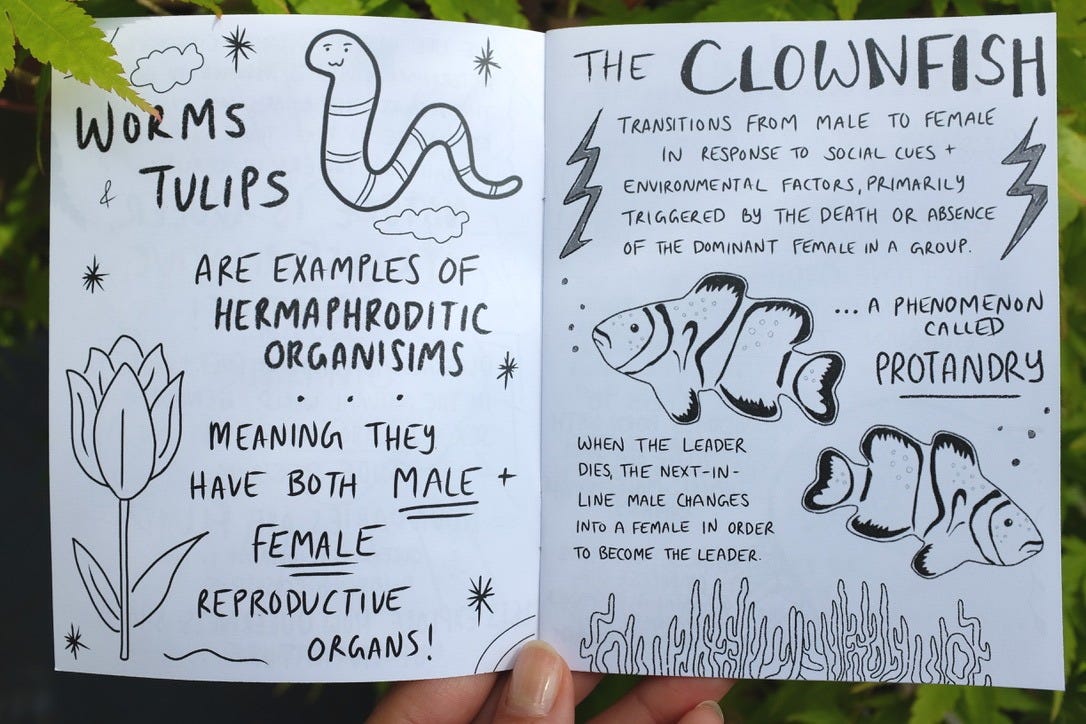
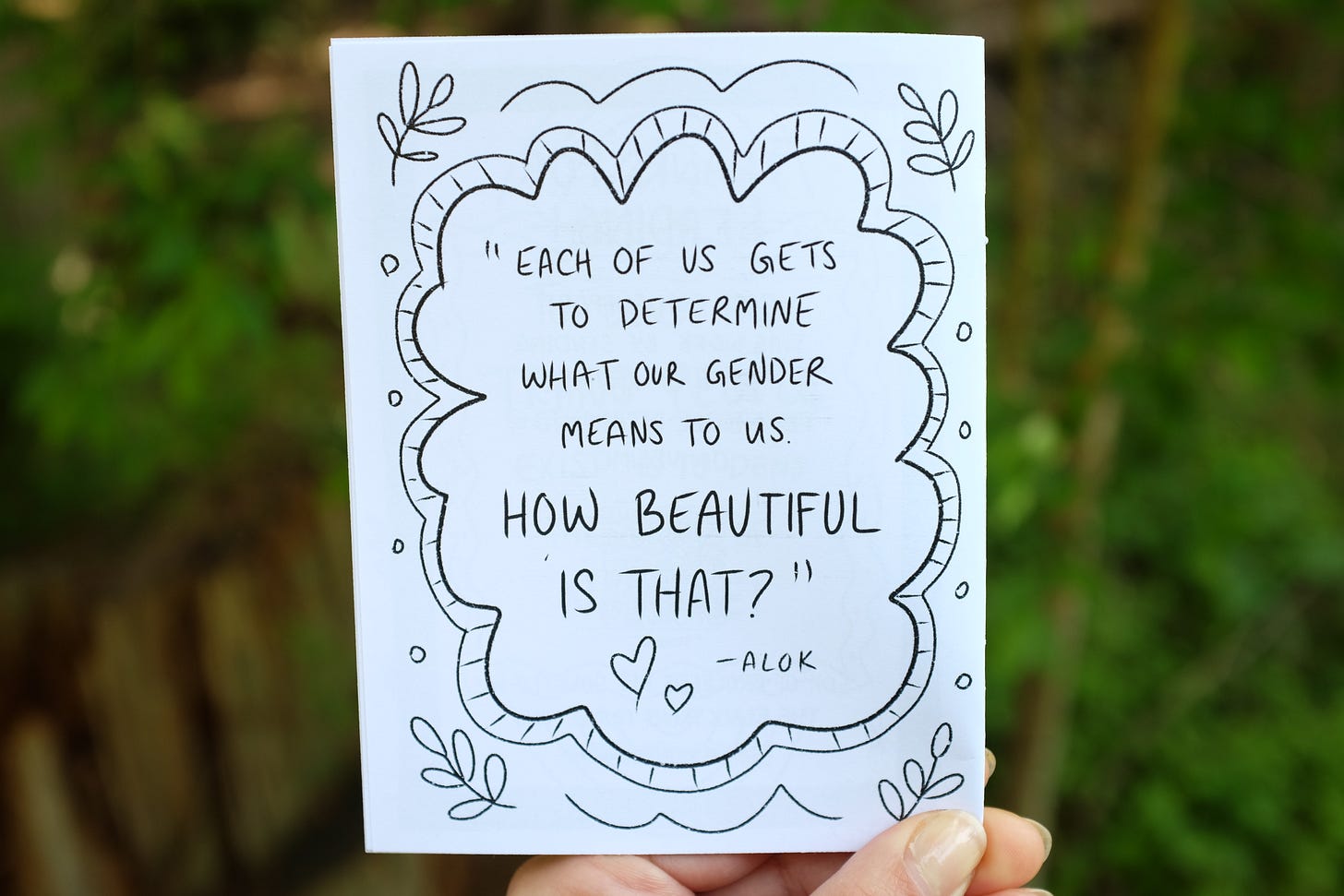
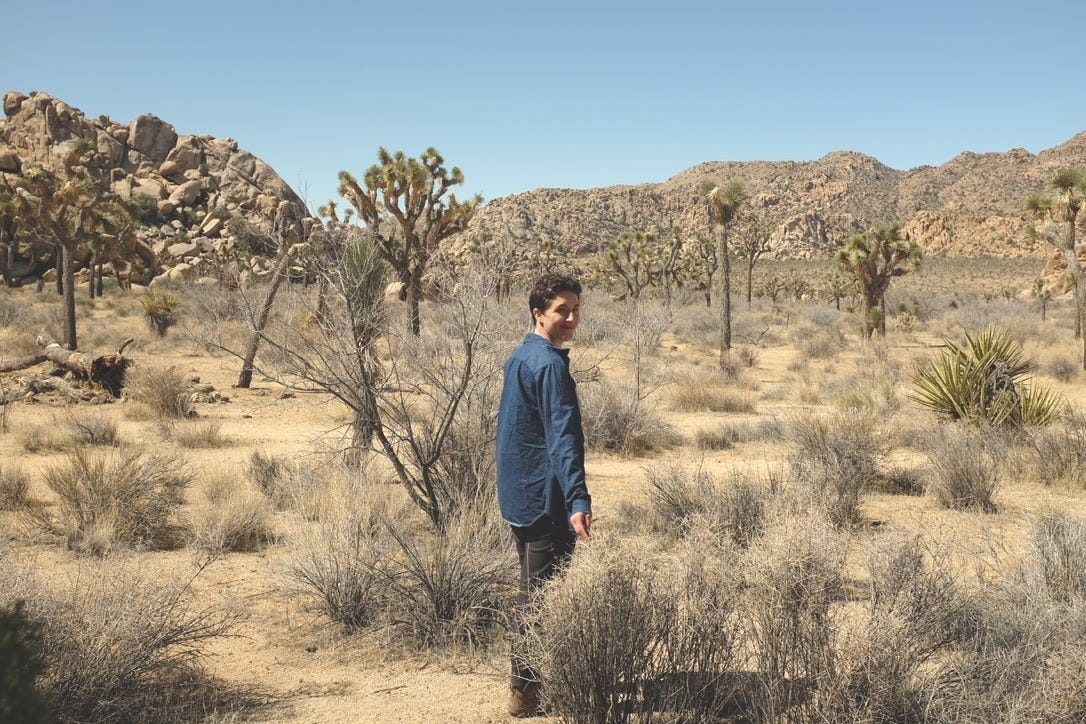
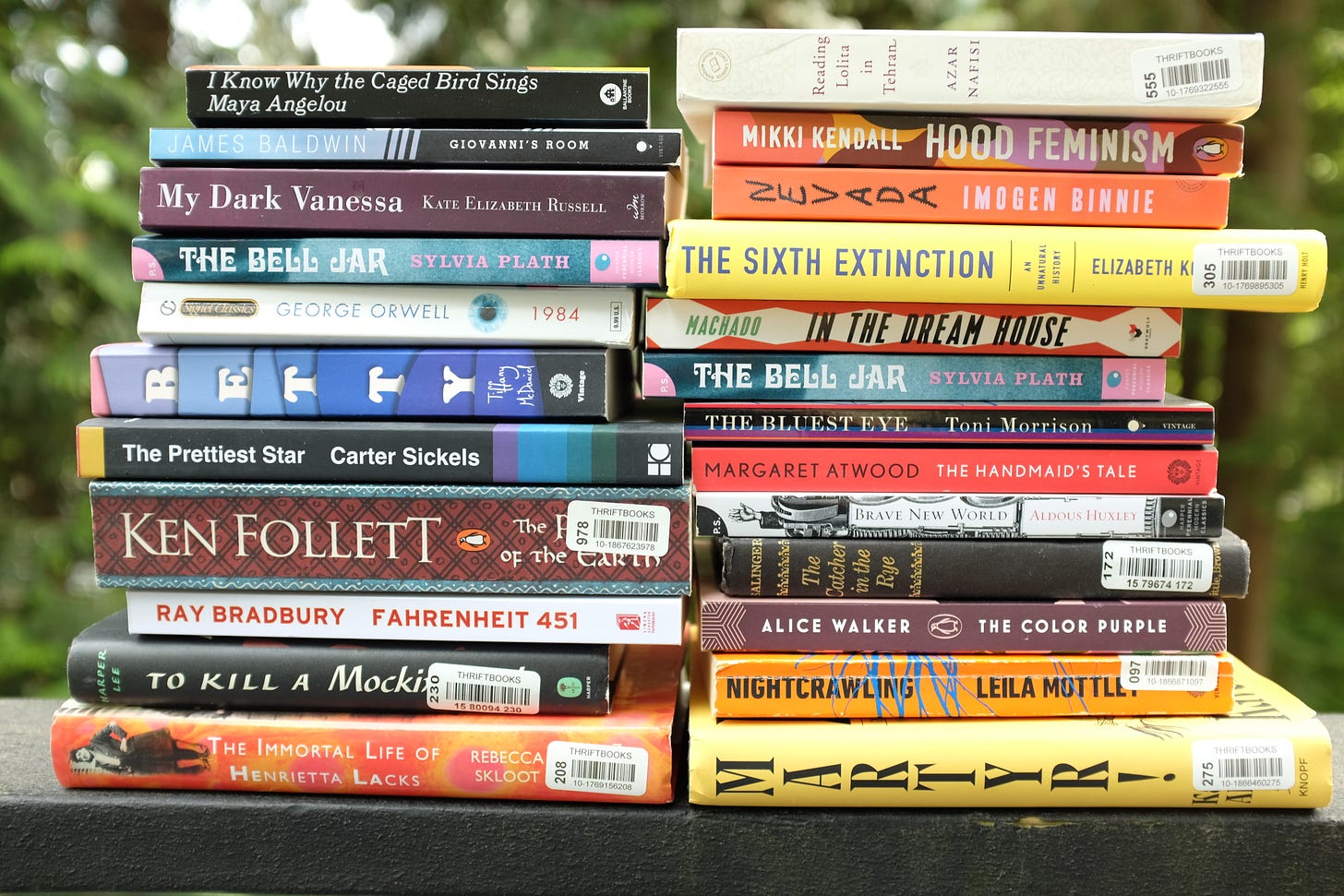

To My Beautiful Queer Daughter,
I want you to know how deeply proud I am of you—not just this month, but every single day. Your courage, your authenticity, and your heart inspire me more than words can express. Watching you embrace who you are with strength and honesty is one of the greatest gifts I’ve ever received as a parent.
You deserve love that celebrates you, communities that uplift you, and a world that sees you fully. I will always stand with you, support you, and cheer for you—loudly, proudly, and without condition.
Keep shining. Keep being exactly who you are. The world is brighter because you’re in it.
Peace and Love, Dad